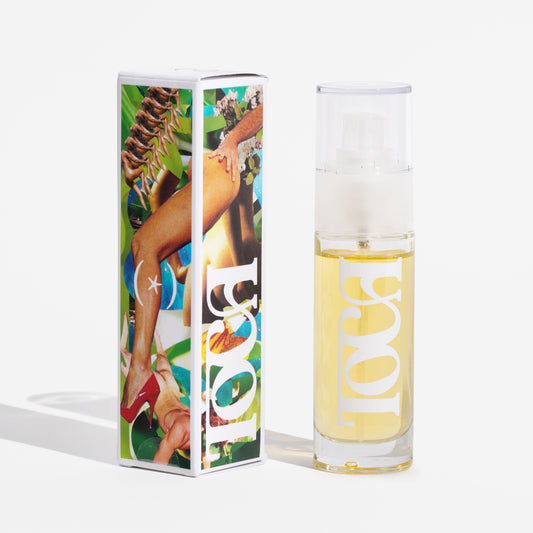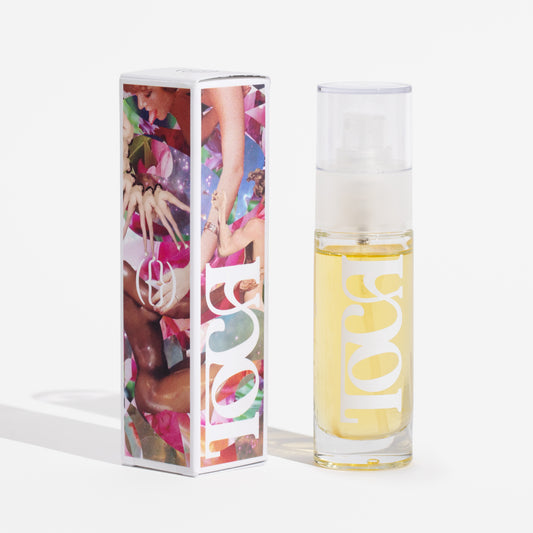How does the stress response work and how can plants and sex interact and improve this stress response? What should we be thinking about heading into winter?
Jump to the exercise
Our environment and the changing seasons have a big impact on us. Our bodies are constantly having to adapt to our environments, the quality of the air we breathe, the water we drink, the food we eat, and of course, the seasons, temperatures, humidity, change in rhythms.
Right now, for most of us, in the northern hemisphere, we’re deep in winter. Winter usually means layering up more clothing, eating fattier and heavier foods, and turning on some form of heat system that changes the air, our skin and hydration. It can mean drinking hot beverages, walking in cold air, spending more time at a slower pace, sitting by a fire, sleeping more.
The cold can be harsh on our bodies, meaning that our immune system has to work a little harder. But contrary to what you may think, this is a good thing! The cold weather provokes our body to build up reserves, and these reserves are there for our body to use when it needs to. When living in a place with cold weather, building our adaptability means our bodies are learning to be resilient.
But even though the body will generally go through this process to build itself up in reaction to the colder times, we still need to make sure we help it along to build our adaptability, our resilience, our immunity, and our stress response. And stress and sex are very uniquely and intimately connected.
When we are stressed out, either from stressful daily lives and demands, or from environmental stress, it can be much harder to feel relaxed, open, and intimate. When we are able to feel fully present, intimate, sensual, and sexual, it can be easier to avoid feeling stressed.
Our autonomic nervous system is made up of two main branches: the sympathetic (fight or flight) and parasympathetic (rest and digest). Engaging our parasympathetic nervous systems allows us to navigate through our stress response in a more balanced way. It means having healthy patterns in releasing stress, in allowing our bodies to regularly return to non-stressed-out states, and in understanding what it means on a cellular level to use stress as a necessary response and shift away from it when it is not necessary or healthy. Sex, orgasms, and sensuality not only help us better manage stress, release it more often and teach our bodies what being in states of openness, presence and relaxation look like, but they also help us build up immunity.
Generally, our immune response will flag things that seem harmful and will work hard to protect against them or remove them. When we are stressed we are far more likely to tag things as harmful when, in fact, they are not. In this state, the body thinks it is always in a state of hypervigilance and needs to protect itself, so we are much more likely to have an overactive immune state. This can look like allergies, fatigue, inflammation, and general hyperreactivity that also greatly affects our mental health.
Something that can be a huge boost for your immune system is incorporating the daily use of medicinal plants that focus on modulating the immune response to a balanced sense of threat and non-threat, and that can reduce inflammation and allergies and build energy. Now pair the use of these medicinals along with a vital and robust sexual wellness practice and this can help dramatically shift your energy, focus, sense of presence, and ability to connect, with self and others.
So spend time sensually or sexually with yourself or with others and the benefits will be equally beneficial. It can be hard to want to peel off those layers when it's cold outside, but you just need some good ways to warm right back up :)
Practicing Resiliency
A few exercises to get you started on your personal sexual wellness practice:
1. Start by spending time checking yourself out in non-arousal, medium arousal, and high arousal states. Take the time to notice what different erogenous areas of your body are like, how do they change? Try doing this alone before you share this with a partner, which can also be really fun. Come to your body with a sense of curiosity and amazement and truly explore, slowly and with attention.
2. Spend a lot of sensual time with yourself, starting in non-erogenous zones and moving towards more concentrated zones. Once you’re feeling into it, think about the part of your body that might feel the least sexy, and just let yourself lean into the sensations that live there. What does it feel like to touch those areas when they light up to your touch? What other senses can you explore there? Move closer and closer to where you feel that tingling warming erogenous area, it will show up as you let your body know you are interested in the sensate.
3. As you start to feel aroused, practice bringing that arousal to many different places in the body, spreading it out, moving it around. Arousal does not need to be focused on the genitals and you can actually experience immense pleasure and orgasms all over the body (knees, lips, behind the ear, belly, back, armpit, really anywhere that feels sensitive and sexy to you!) Even when you experience clitoral, vaginal, or anal orgasms you can spread that sensation throughout the body while you are experiencing it. It just takes a little practice.



